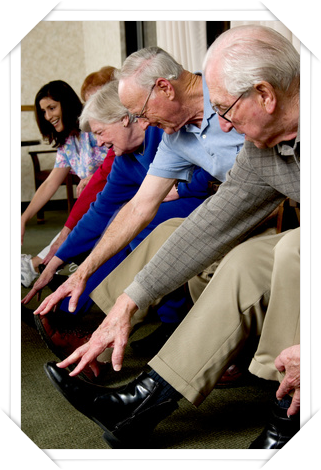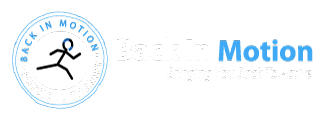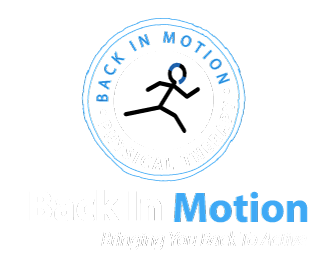Decrease Your Degenerative Disc Disease Pain With Lumbar Flexion
Lower back pain that is diagnosed or undiagnosed often responds positively to lower back flexion. If diagnosed with degenerative disc disease, a treatment based on Lower back flexion has also been a cornerstone in the management of lower back pain with a series of exercises based on the work of Dr. Paul C. Williams (1900-1978) who developed the widely used “Williams Flexion Exercises.”
Always remember, check with your medical doctor before starting this or any other exercise program.
The Lumbar Flexion Exercise for Degenerative Disc Disease
Follow these steps to perform the exercise:
- Lie down on your back on a supportive surface that offer some padding (A yoga mat or carpet is ideal; your bed is not ideal but works if getting up and down from the floor is difficult)
- While keeping your feet flat on the ground, slowly bend both knees by moving your feet toward your buttocks (Hook-lying position)
- Slowly lift your knees up towards your chest
- Grab your thighs underneath your knees OR grab your knees
- Slowly and gently pull your knees to your chest and hold this position for 5 seconds
- Slowly lower your knees down to the floor back into the hook-lying position with your knees bent and feet on the floor
Repeat for a total of 10 repetitions and perform up to 3 times per day or as tolerated.

More tips:
While performing your exercises, assess your pain with each repetition:
- Continue to perform all 10 repetitions and see if your pain decreases or centralizes. Centralization of pain means the pain felt in the buttock, thigh, or leg moves to the center of your lower back. This is a sign that the exercise is appropriate for you to perform.
- However, you MUST discontinue the exercise and seek advice from a healthcare professional if your symptoms in your buttock, thigh, or leg get worse.
The lumbar extension is an exercise that works best in combination with an exercise regimen that includes a series of other lumbar mobility and core strengthening exercises targeted at improving your postural stability and decreasing lower back pain.
People who benefit from lumbar flexion
Lumbar flexion can be beneficial for people with these common conditions that include but are not limited to:
- Degenerative disc disease (Normal changes in your spine with aging)
- Spinal stenosis (Narrowing of the spinal canal which is occupied by the spinal cord)
- Spondylolisthesis (One vertebrae slipped forward on another vertebrae)
The exercise is typically safe with minimal strain on your back. After consultation with your doctor, this exercise could also be part of an exercise progression after a disc herniation when healing of the disc has already occurred.
People who should NOT perform lumbar flexion
The lumbar flexion exercise should NOT be performed by people with these conditions that include but are not limited to:
- Compression fractures in the spine
- Acute disc herniation
- Back pain that is caused by lesions or spinal tumors
Once again, if your symptoms get worse while doing the exercise, discontinue the exercise and consult your doctor. We are the Sarasota, Florida experts at completely eliminating low back pain caused by Degenerative Disc Disease. Contact us today at 941-925-2700. Most health insurances accepted including Medicare. In most cases, we can completely eliminate your pain at little or no out of pocket costs.


0 comments